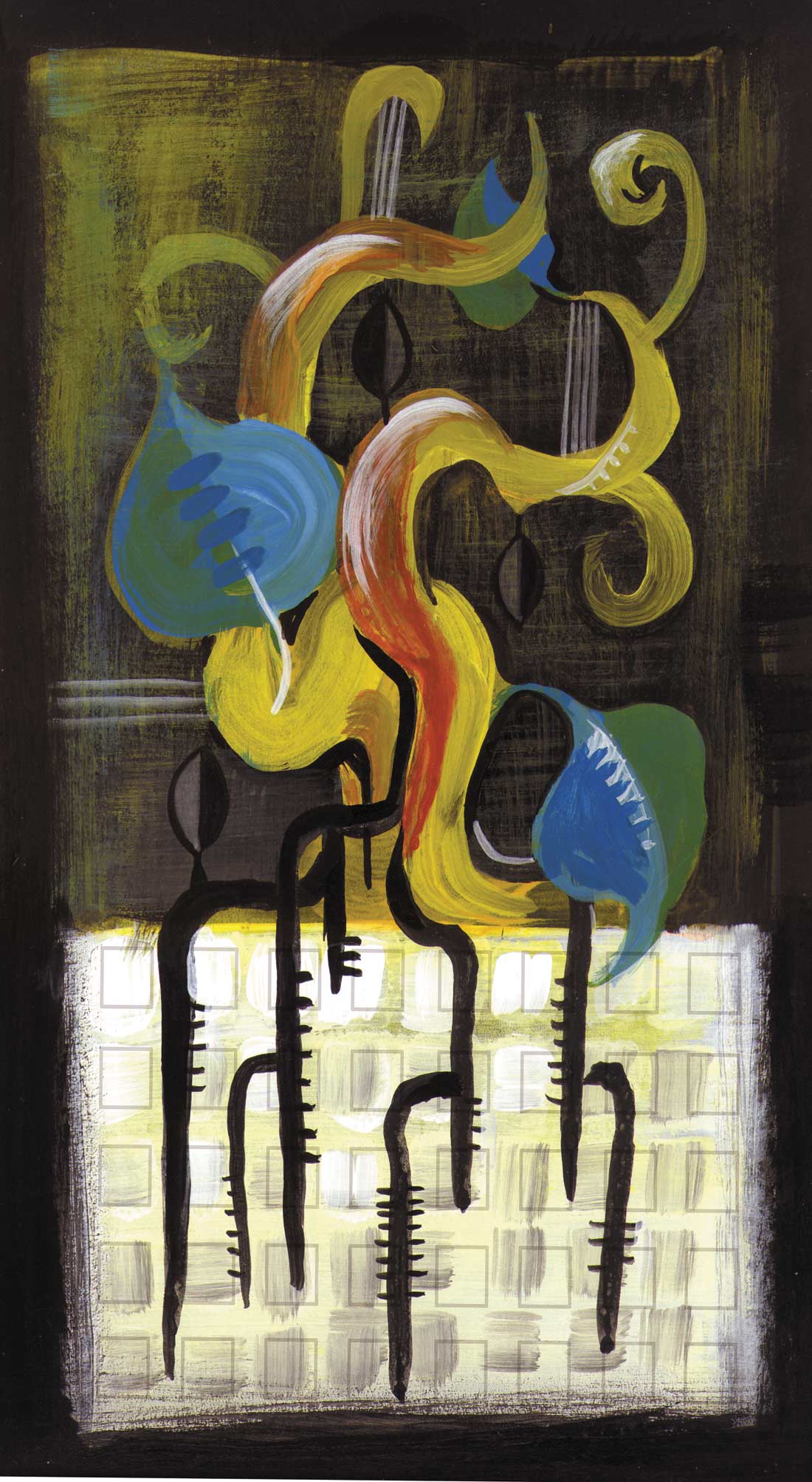The Rode NT1-A is another entry into the ever-growing field of affordable large-diaphragm condenser mics. It lists for $349, but I found $199 to be the common street price on the internet. Like others in this price range, it is a good, useful, no-frills mic. It is cardioid-only and has neither a pad nor a roll-off switch. The cardioid pattern limit is fine, since that is what gets used in so many applications anyway. Same for the lack of a roll-off. I do wish that it had a pad, however. This mic has a pretty hot output, and can easily overload a mic preamp, when the sound source is fairly loud, such as an electric guitar amp.
The NT1-A is fairly sturdy, as is the shock mount that came with the model I received for review. This is worth mentioning. So many times on budget mics, the quality of the shock mount suffers. I personally own a number of AT4033 shock mounts that are currently held together with rubber bands. While this is not nearly as important as the sound of the mic itself, it does have an effect on the usefulness of the mic. Things like broken mic clips and shock mounts slow you down in a session.
Sonically, the NT1-A fared well. As a mono drum overhead, it did a good job picking up the kit, but it was a bit bright on some cymbals. When we switched to heavier, darker cymbals, the mic sounded better. The drummer on this session had good control, and was a medium hitter. Had he been a punk-rock smasher, the NT1-A might not be the best choice. On electric guitar it sounded good, but the lack of a pad was a big drawback here. I found that it would overload some mic preamps at their lowest input setting. Tonally, versus an Audio-Technica AT4047, it was clearer, but didn't capture the lower-mid note resonance as well. On pedal steel, the results were about the same. This was not necessarily a bad thing. I recorded both mics, and picked the one that best fit in the mix. On some songs, the slightly thinner sound of the NT1-A was a better match for the other instruments. On others, it sounded a bit peaky. On vocals, I found the mic to be fine for smooth-voiced singers, coming across bright and clear, but on a male vocalist with kind of a razory high end on his voice, it was a bit too much.
One more side point to the sound of the NT1-A: I found the results to be more pleasing when recording onto tape, as opposed to hard disk. On tape, its clarity was a strong point, and the tape rubbed off a few rough edges on the sound. On the less forgiving Pro Tools, that was not the case.
I like this mic. However, I don't feel compelled to rush right out and buy one, but only because I already have some other mics that fill its role (many of them more expensive than the NT-1A). It would be worth checking out for someone putting together a tape-based project studio. At roughly 200 bucks, it's a good deal.




_disp_horizontal_bw.jpg)